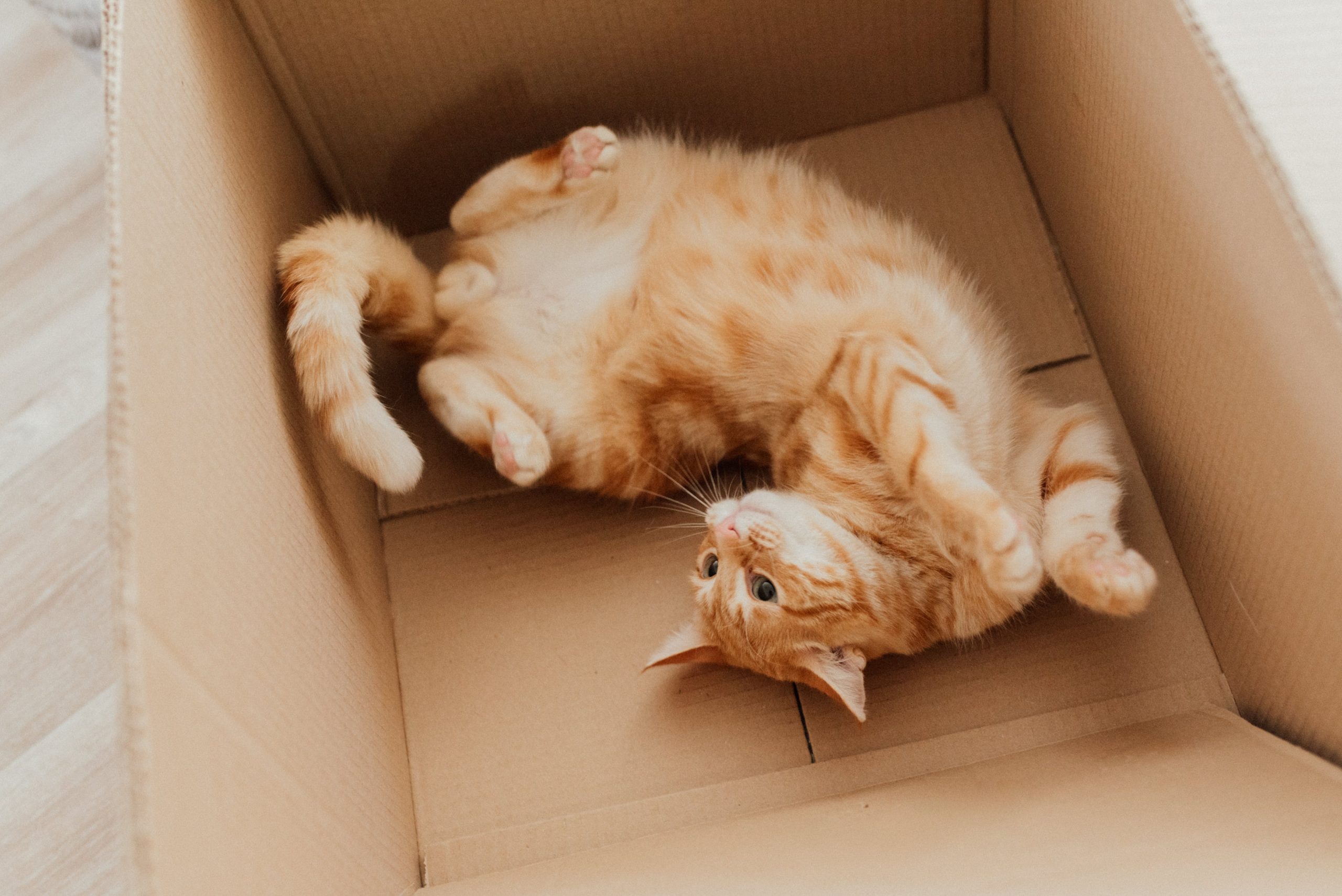Cats have fascinating behaviors and eccentric habits that often confuse and amuse their human companions. These quirky habits, ranging from the adorable to the perplexing, are not just random actions but are deeply rooted in their instincts, emotions, and communication methods. Understanding these behaviors is essential for cat owners to foster a deeper connection with their feline friends. Each quirky habit serves a purpose, whether a form of self-expression, a survival instinct, or a way to communicate needs and emotions. By deciphering these behaviors, cat owners can gain insights into their pet’s well-being, preferences, and personality, enhancing their bond. This article explores seven quirky cat habits and unravels their meanings, offering a glimpse into the intriguing world of cats and helping owners appreciate the complexity and charm of their furry companions.

1. Chattering at Birds
Chattering at birds, a behavior characterized by a cat watching avian creatures and making a peculiar jaw movement or quiet chattering sound is a fascinating habit. This action is believed to express a cat’s predatory instincts. When a cat sees a bird or small animal, it might instinctively mimic biting down on prey. Another theory suggests that this chattering results from frustration from being unable to reach the bird. Additionally, it could be an anticipatory behavior that prepares their muscles for the act of hunting. This quirky habit underscores the natural predator within your domesticated pet, highlighting the complex blend of instinct and emotion that drives feline behavior.
2. Kneading
Kneading, often called “making biscuits,” is when a cat rhythmically pushes their paws in and out against a soft surface, such as your lap. This behavior originates from kittenhood, where kneading was a way to stimulate milk flow from the mother. As adults, cats continue this behavior as a comfort mechanism, signifying contentment and relaxation. Kneading can also mark territory through the scent glands in their paws. When your cat kneads on you, it’s expressing its love and trust and claiming you as its own. This endearing habit is a window into your cat’s emotional state, showcasing affection and the deep-seated need for security.
3. Head-Butting
Head-butting or bunting is when a cat uses its head to push against you. This action is a form of social bonding and communication among cats. By head-butting, they mark you with the scent glands on their head, claiming you as part of their territory and family. This gesture signifies trust and affection, serving as a cat’s greeting and showing love to their chosen human. Understanding this behavior highlights the importance of scent in a cat’s world, offering insight into how cats establish and maintain social bonds.
4. Bringing Gifts
Cats bringing gifts, such as dead animals or toys, is a behavior rooted in their hunting instincts. This habit can be unsettling, but it’s a significant sign of affection and trust. Your cat may be trying to share their successful hunt with you, demonstrating their role as a provider. Alternatively, it could be a teaching instinct, showing you how to hunt as they would for their young. Recognizing this behavior as a sign of love and inclusion in their family can help you appreciate the complex instincts that influence your cat’s actions.
4. Sleeping in Tight Spaces
Cats often seek out cozy, tight spaces to sleep in, such as boxes, drawers, or between cushions. This preference for snug areas is linked to their instinct for safety and security. Small, enclosed spaces in the wild offer protection from predators and create a warm, safe environment. This habit indicates your cat’s need for a secure and comfortable spot where they feel protected. Understanding this behavior can help cat owners provide suitable environments that cater to their cat’s instinctual needs.
5. Obsession with Boxes
The cat’s love for boxes is a well-documented phenomenon. This quirky habit is driven by their instinctual need for safety and the ambush advantage boxes provide. Boxes offer an ideal vantage point for cats to watch their surroundings while remaining hidden, catering to their predator instincts. Additionally, boxes are cozy and provide a sense of security, making them irresistible to cats. This behavior clearly demonstrates how environmental factors and instinctual needs play a significant role in shaping feline habits.
6. Midnight Zoomies
The phenomenon of “midnight zoomies,” where cats suddenly race around the house at high speeds, often at night, is quirky yet familiar. This burst of energy can be attributed to their crepuscular nature, meaning they are most active during dawn and dusk. This habit could allow cats to expend excess energy and satisfy their natural hunting instincts. Understanding the midnight zoomies as a natural aspect of your cat’s behavior can help mitigate any frustration, recognizing it as a healthy expression of their instinctual needs.
The quirky habits of cats, from chattering at birds to the midnight zoomies, are reflections of their complex instincts, emotions, and social behaviors. Understanding these habits allows cat owners to appreciate the depth of their feline friend’s personality and needs, enhancing their bond. Recognizing and respecting these behaviors as natural expressions of their instincts and affections can lead to a more harmonious and fulfilling relationship with your cat, deepening the mutual respect and love that defines human-cat companionship.

